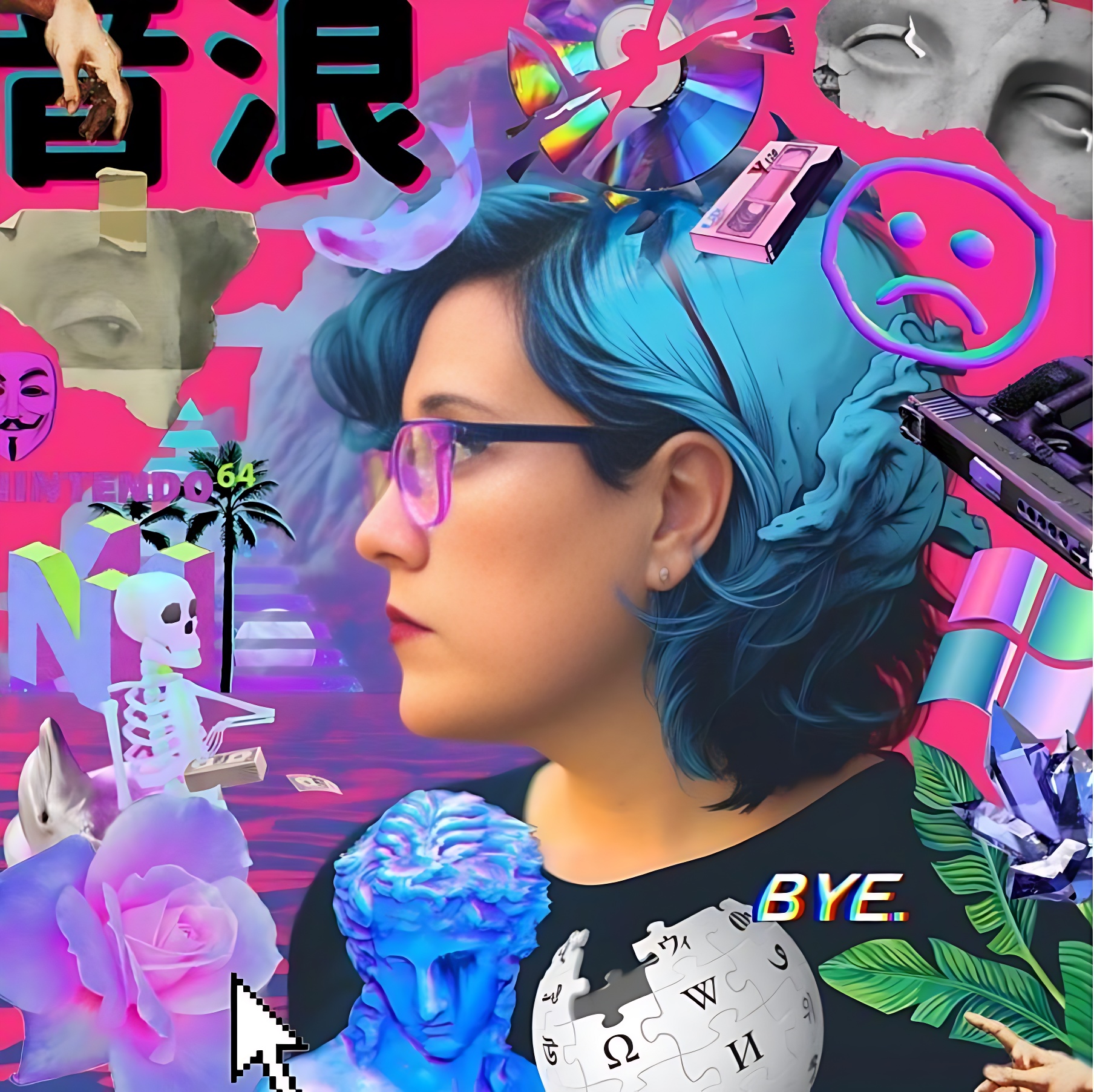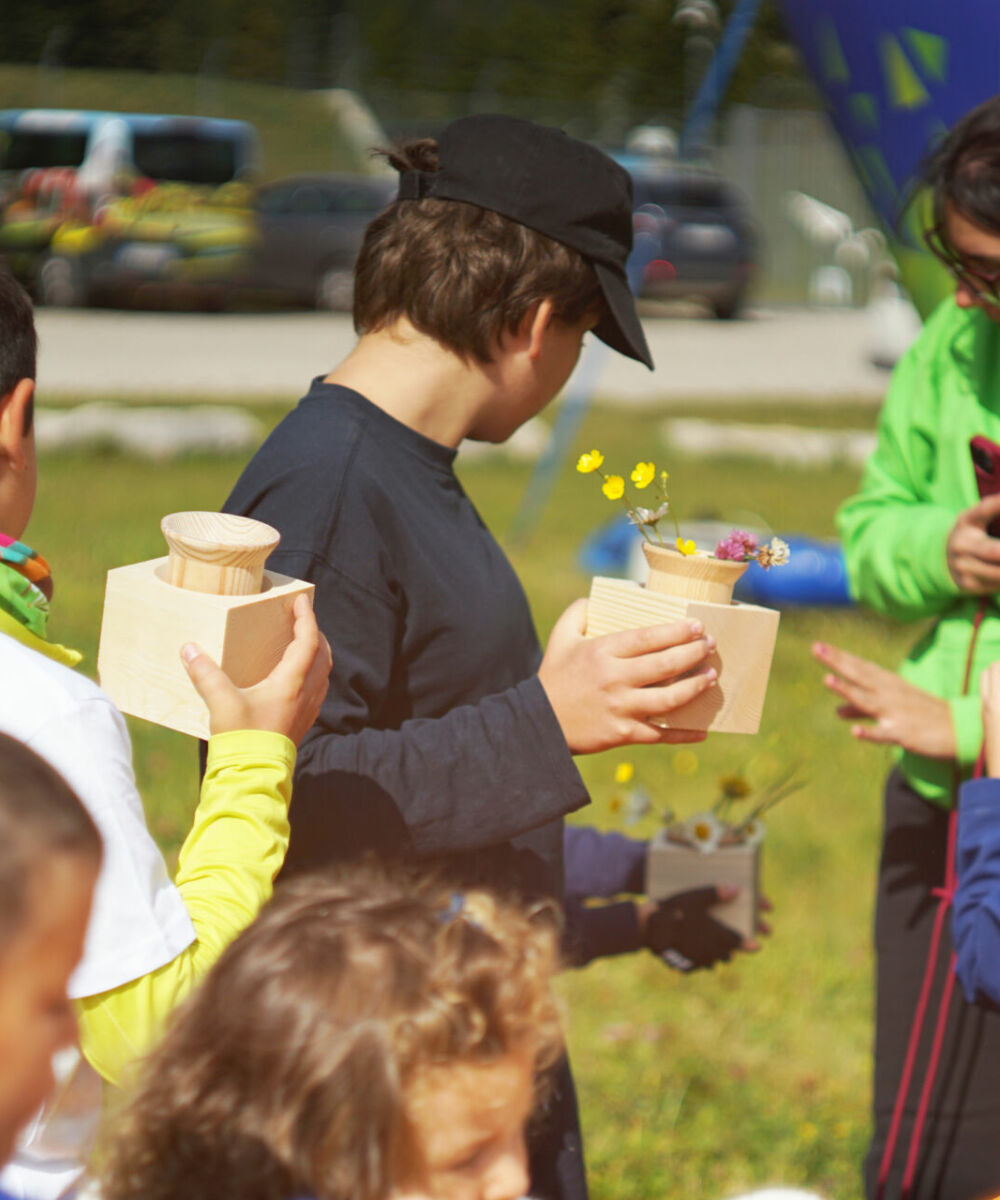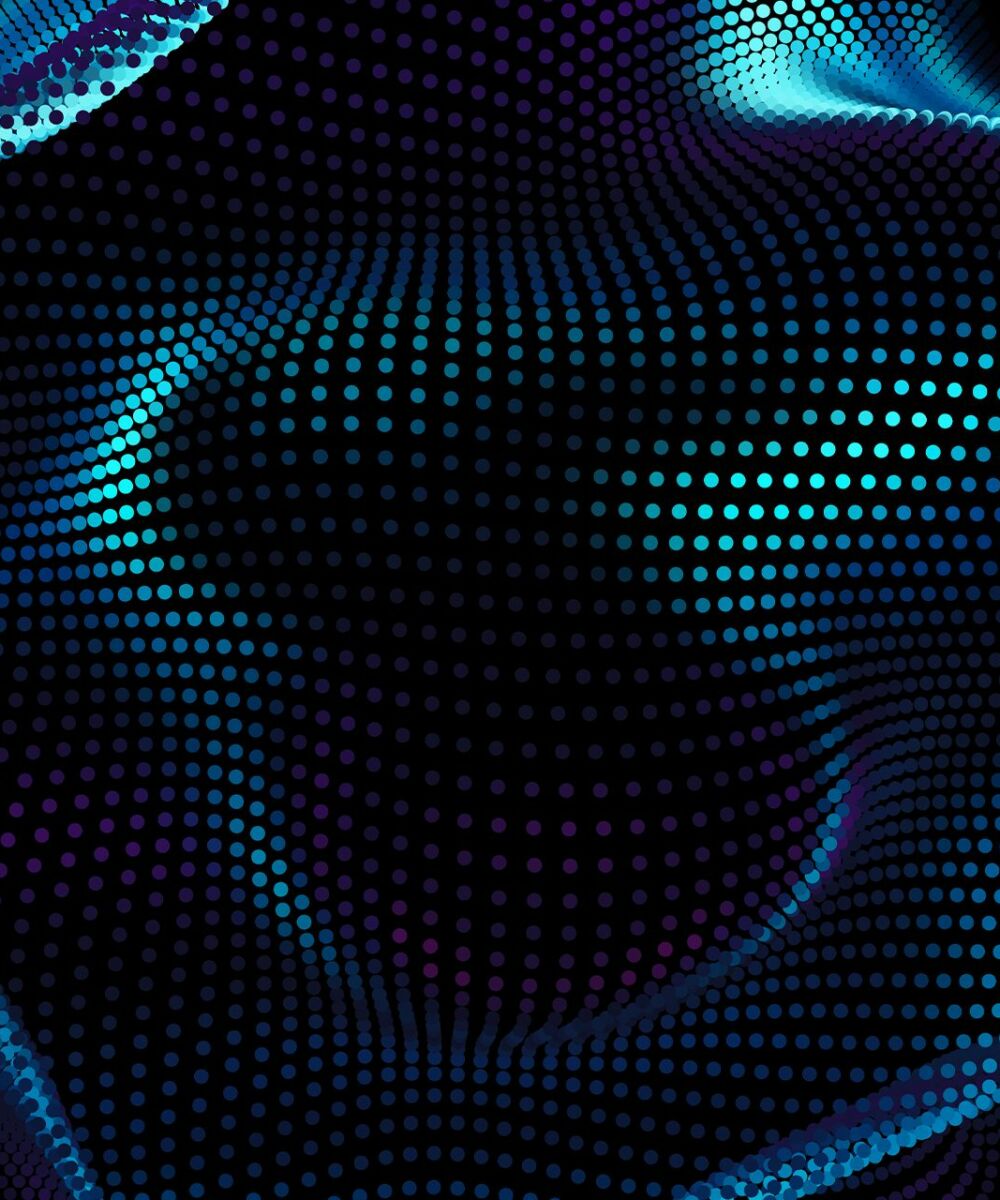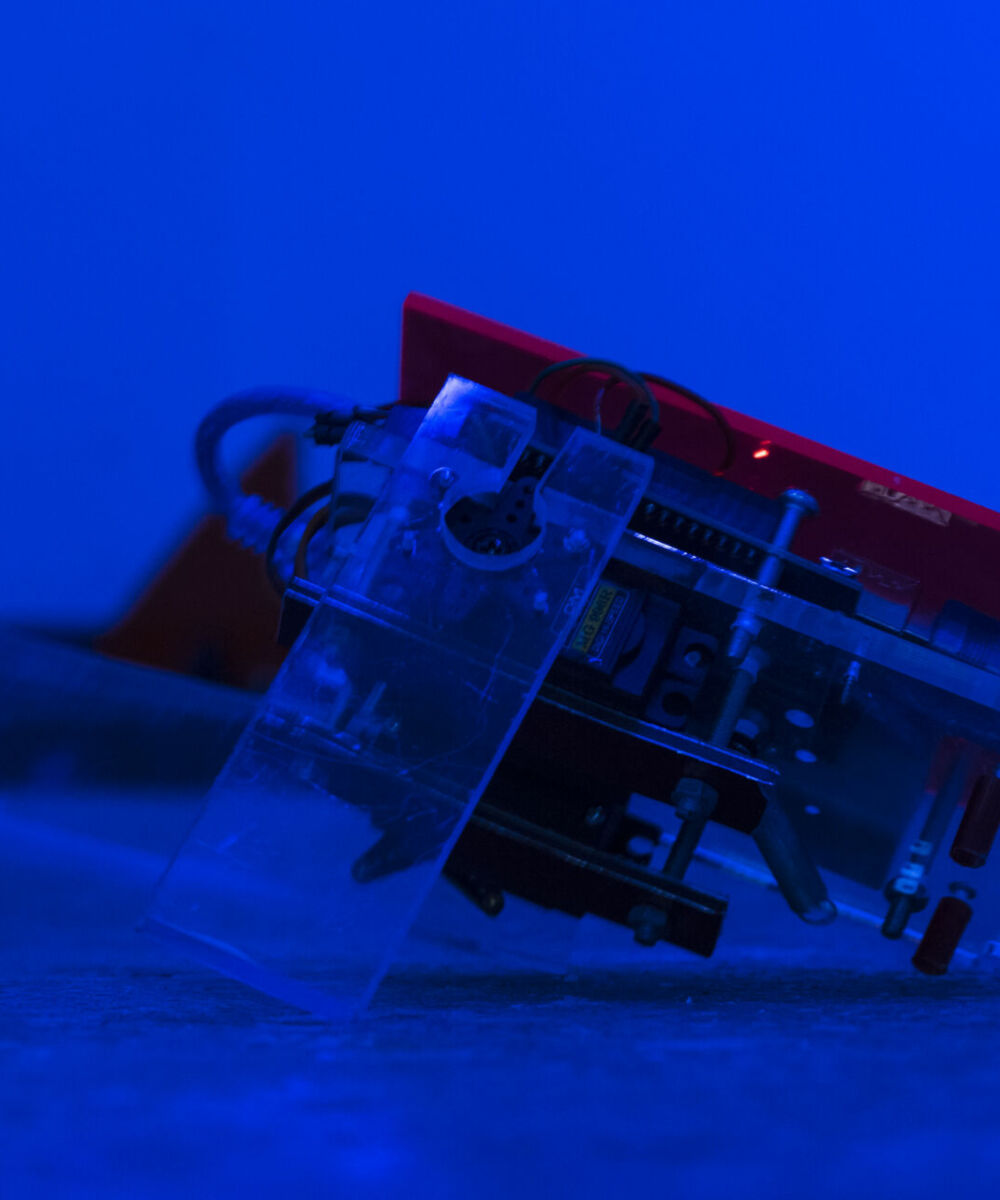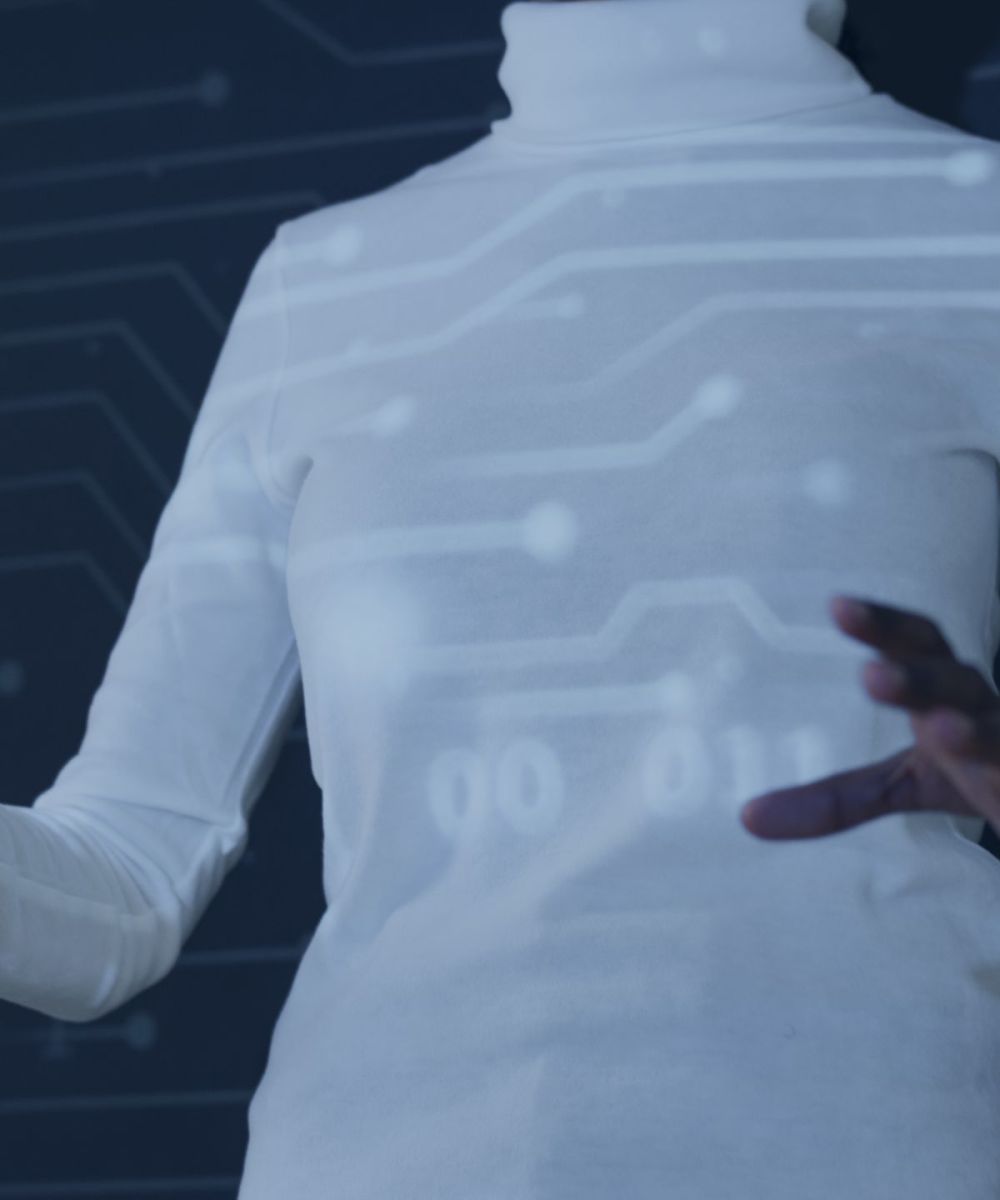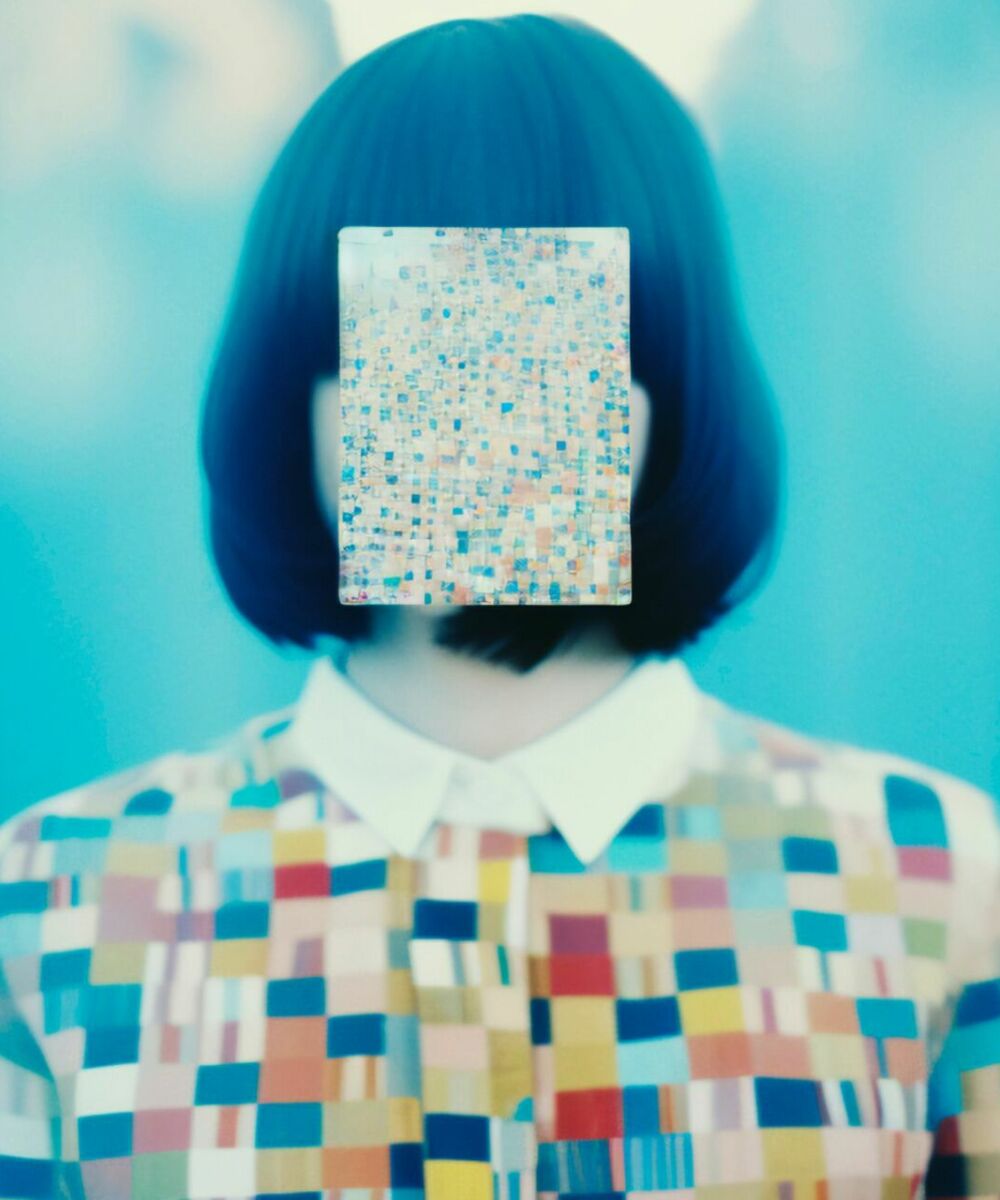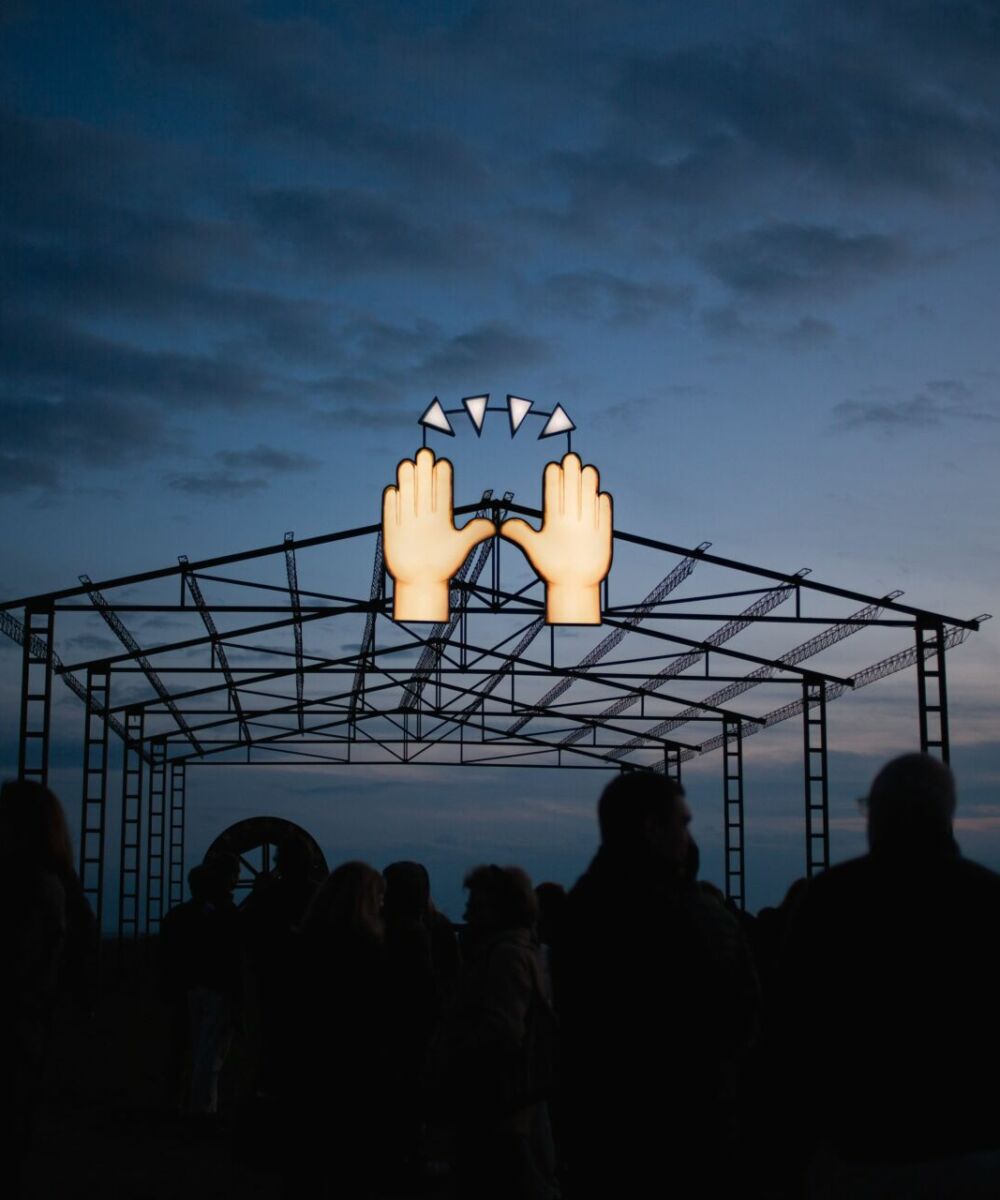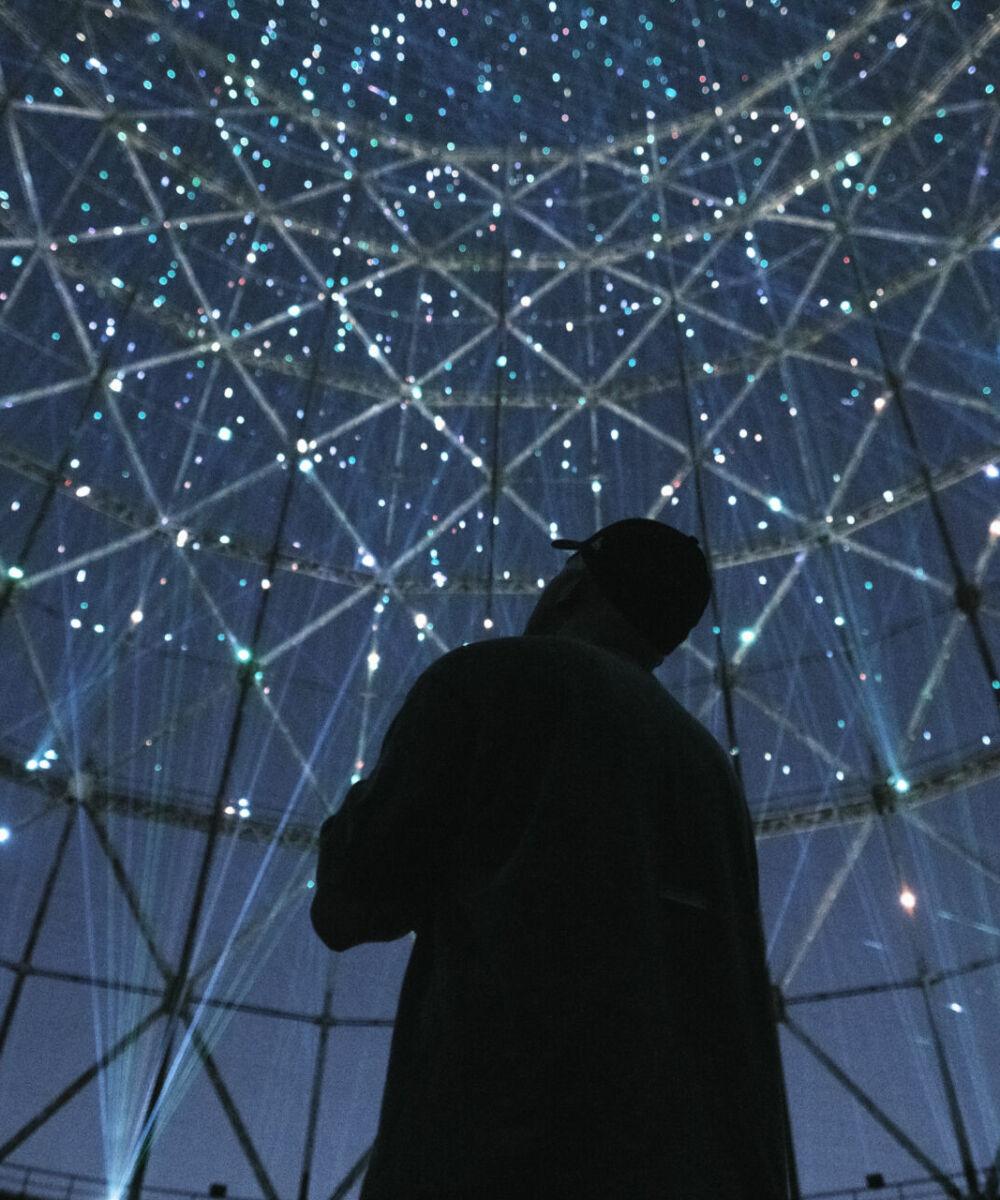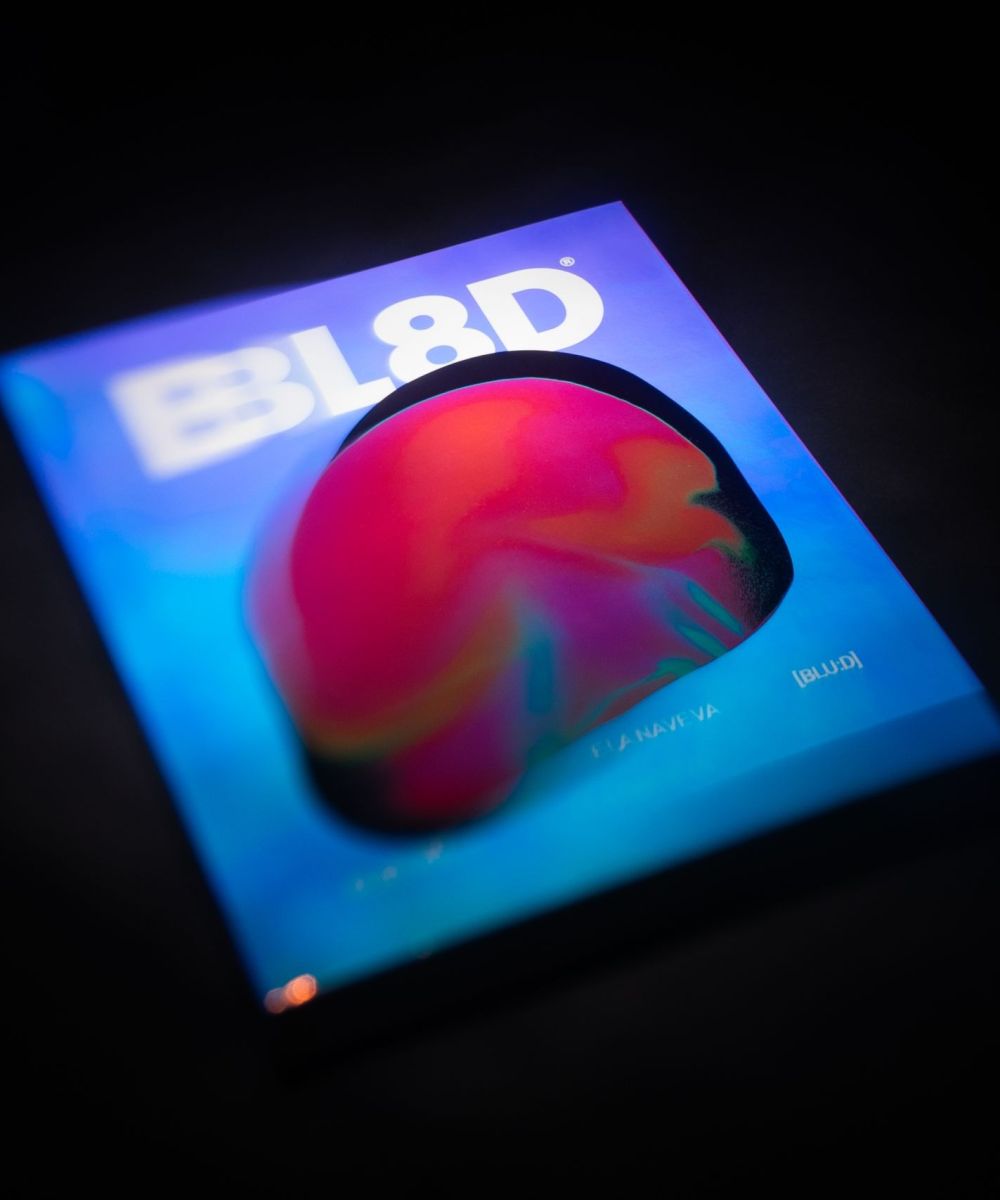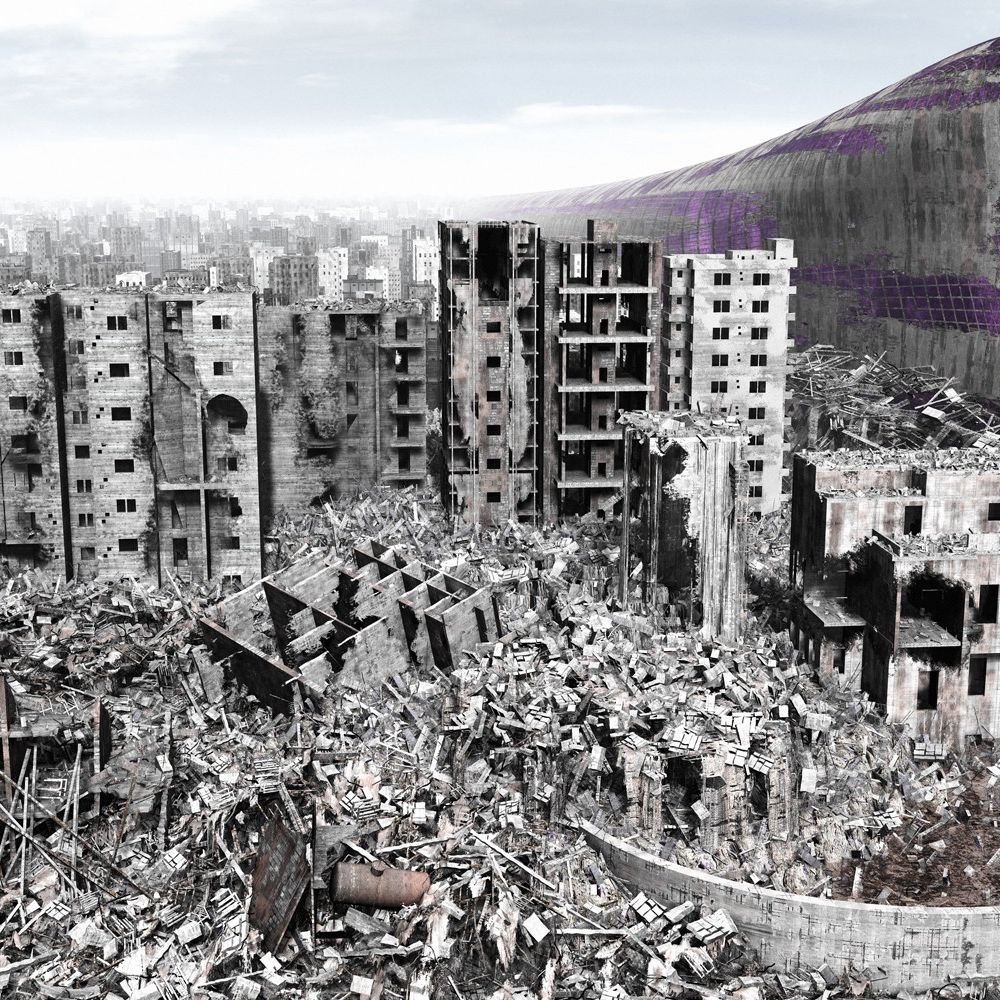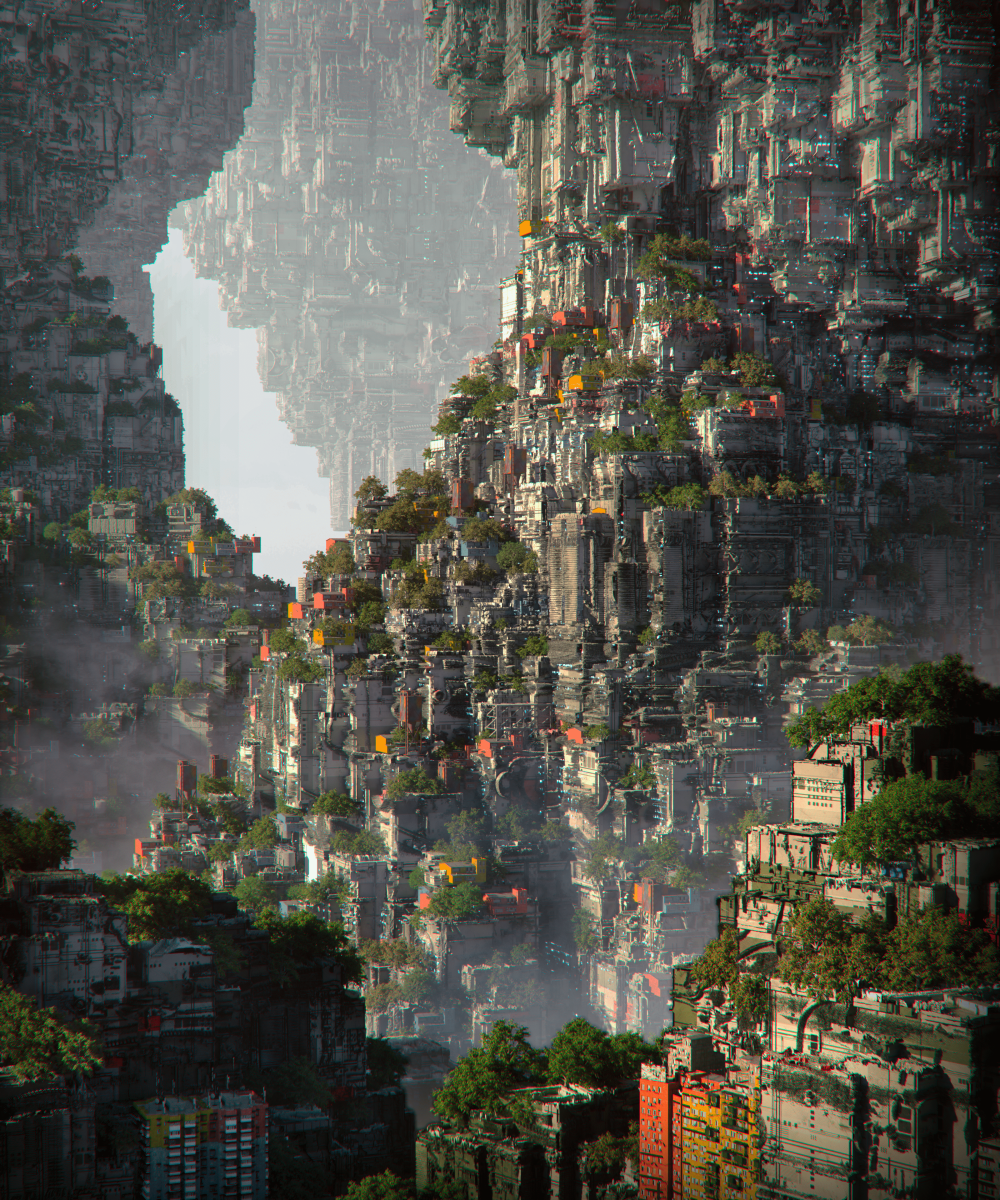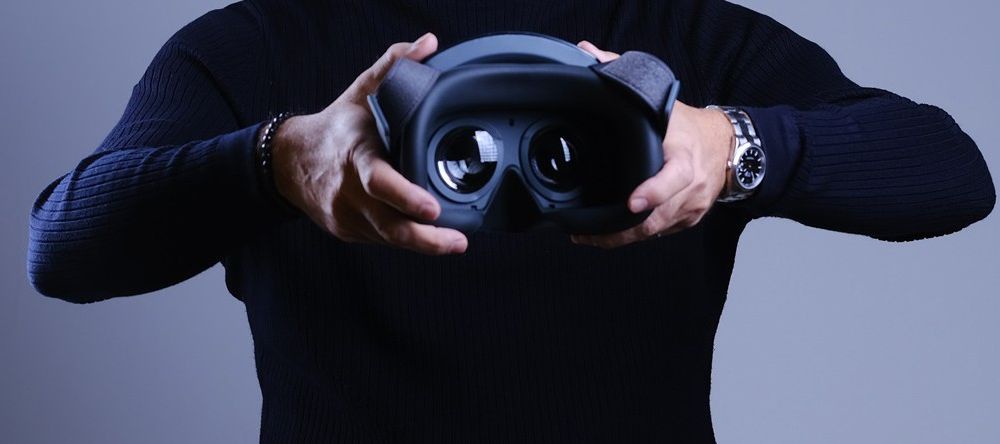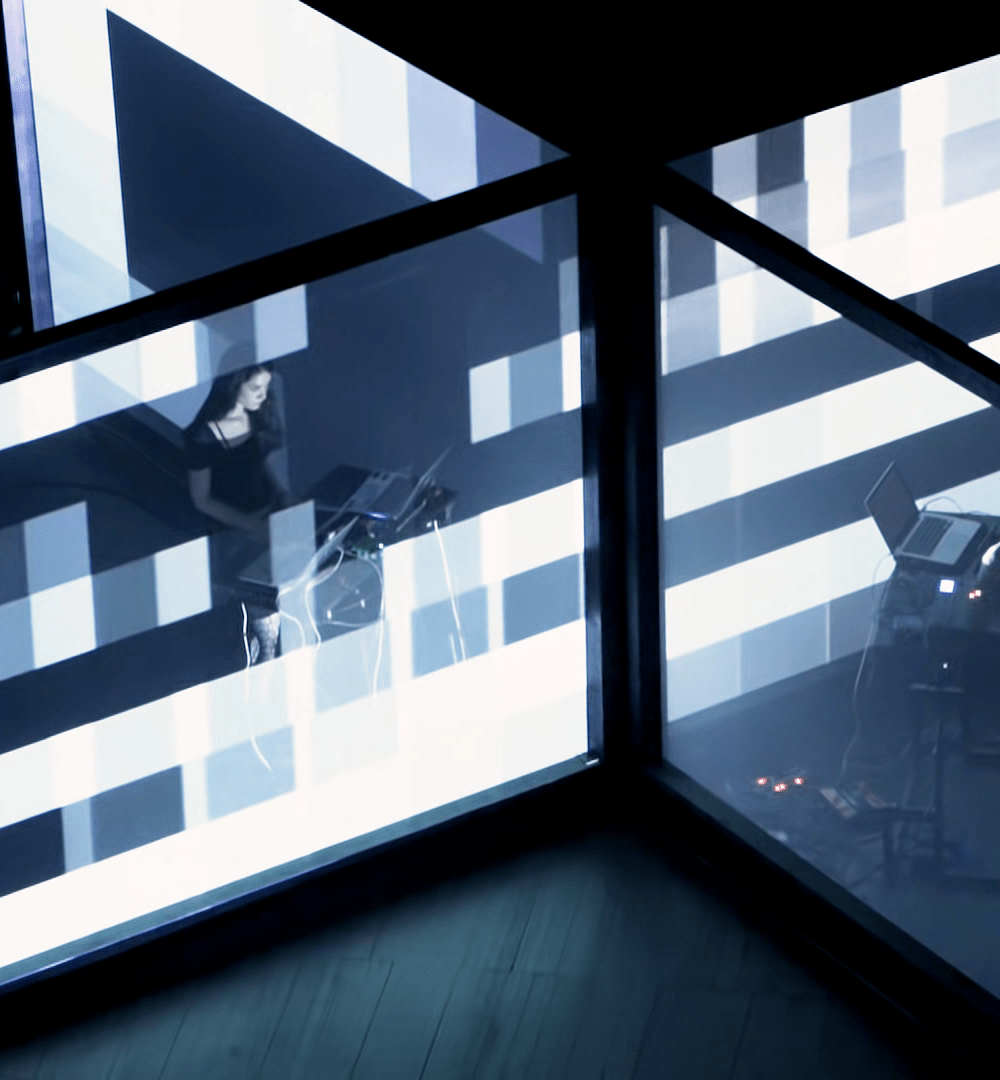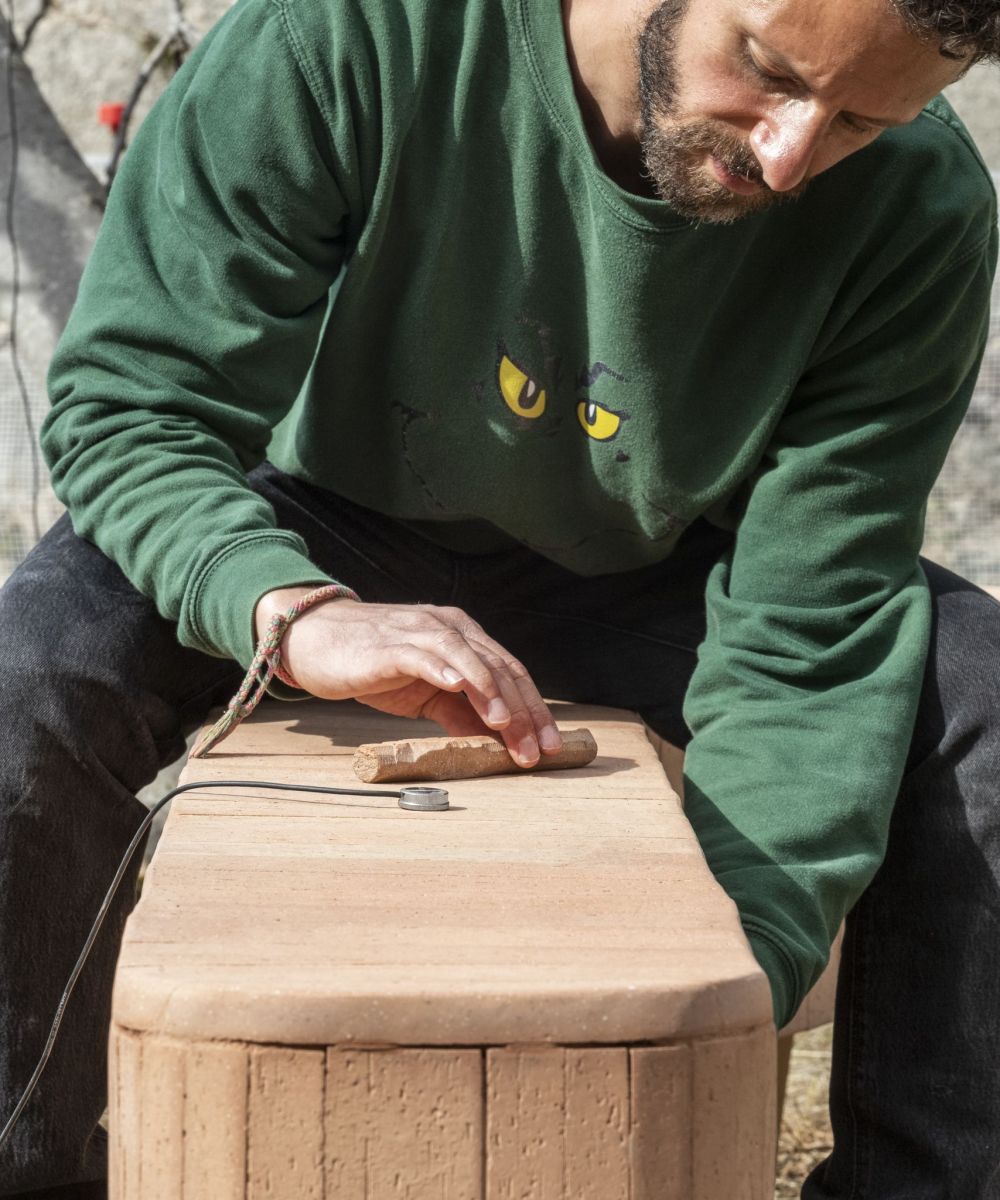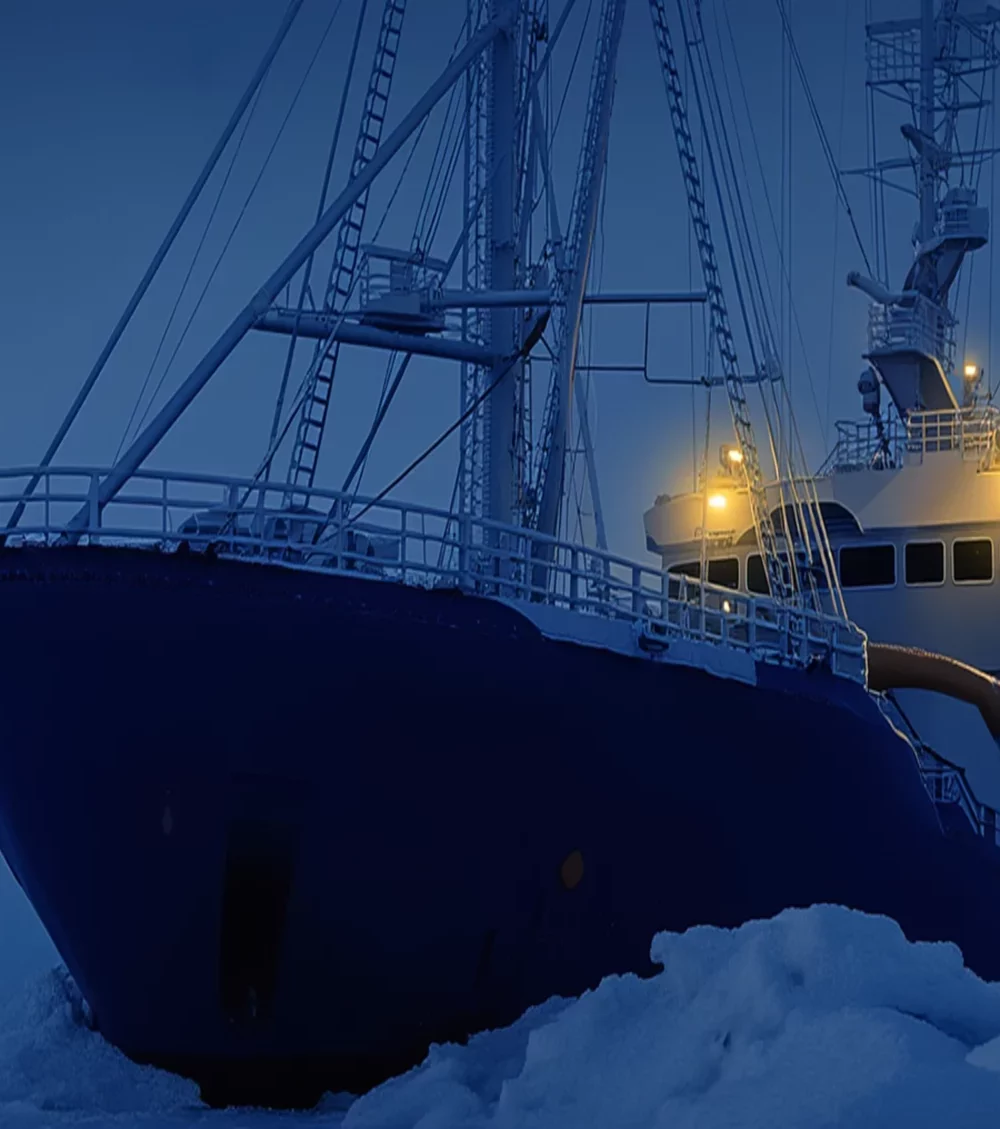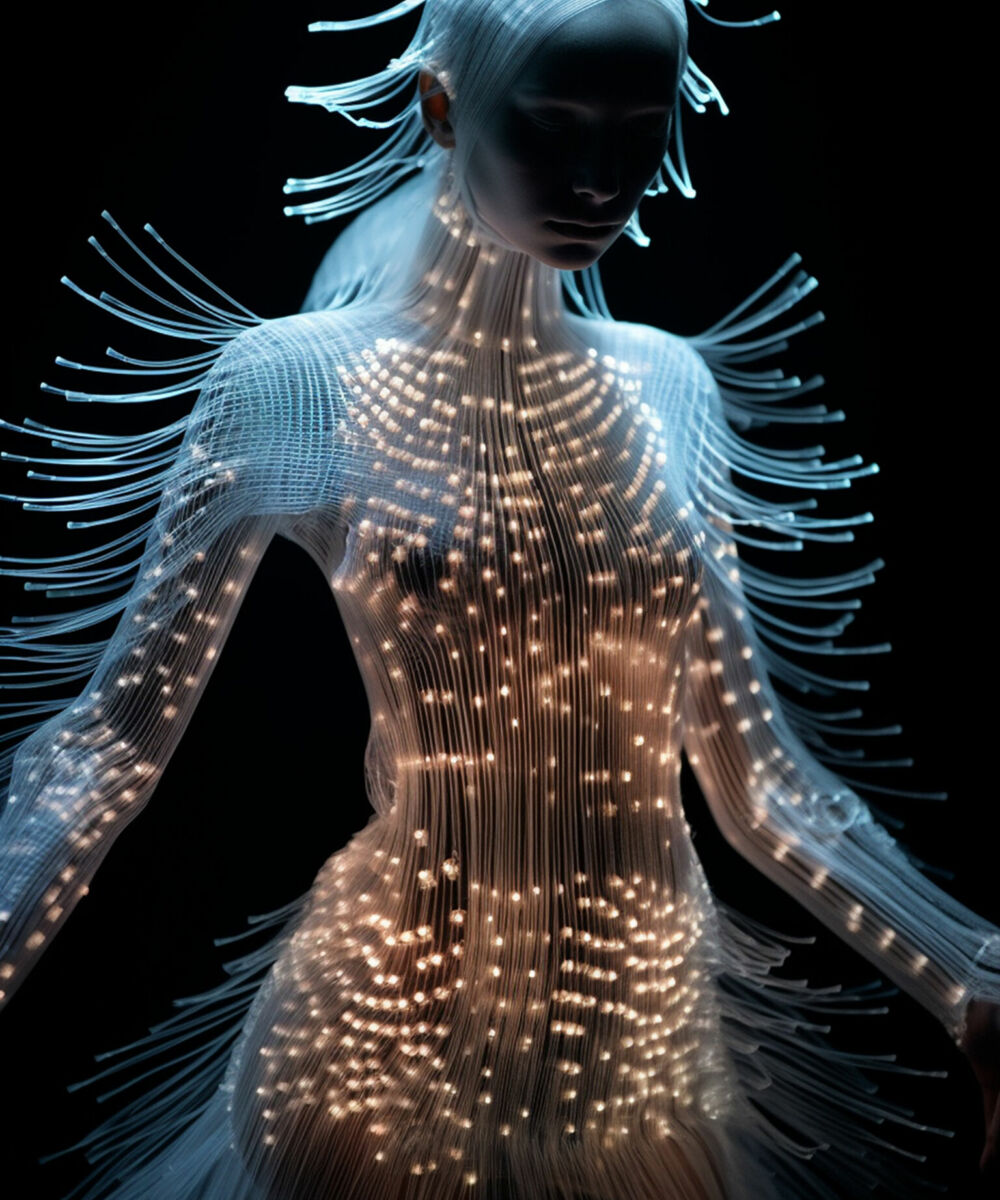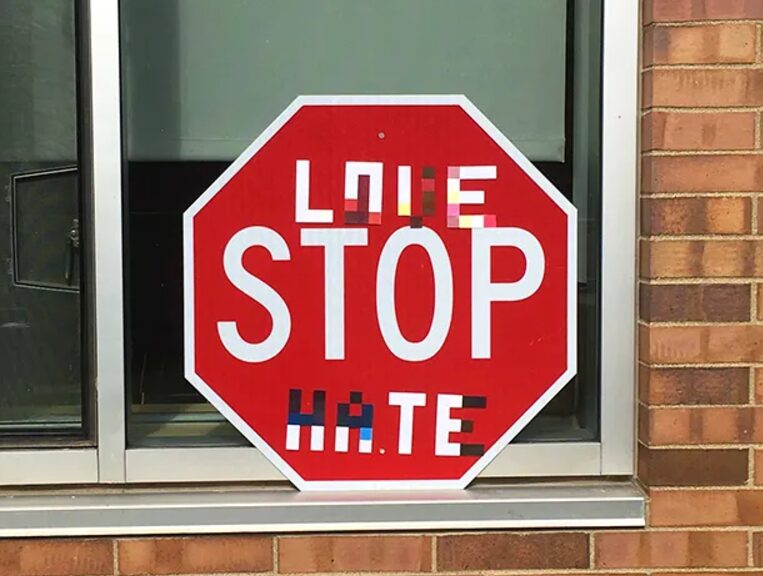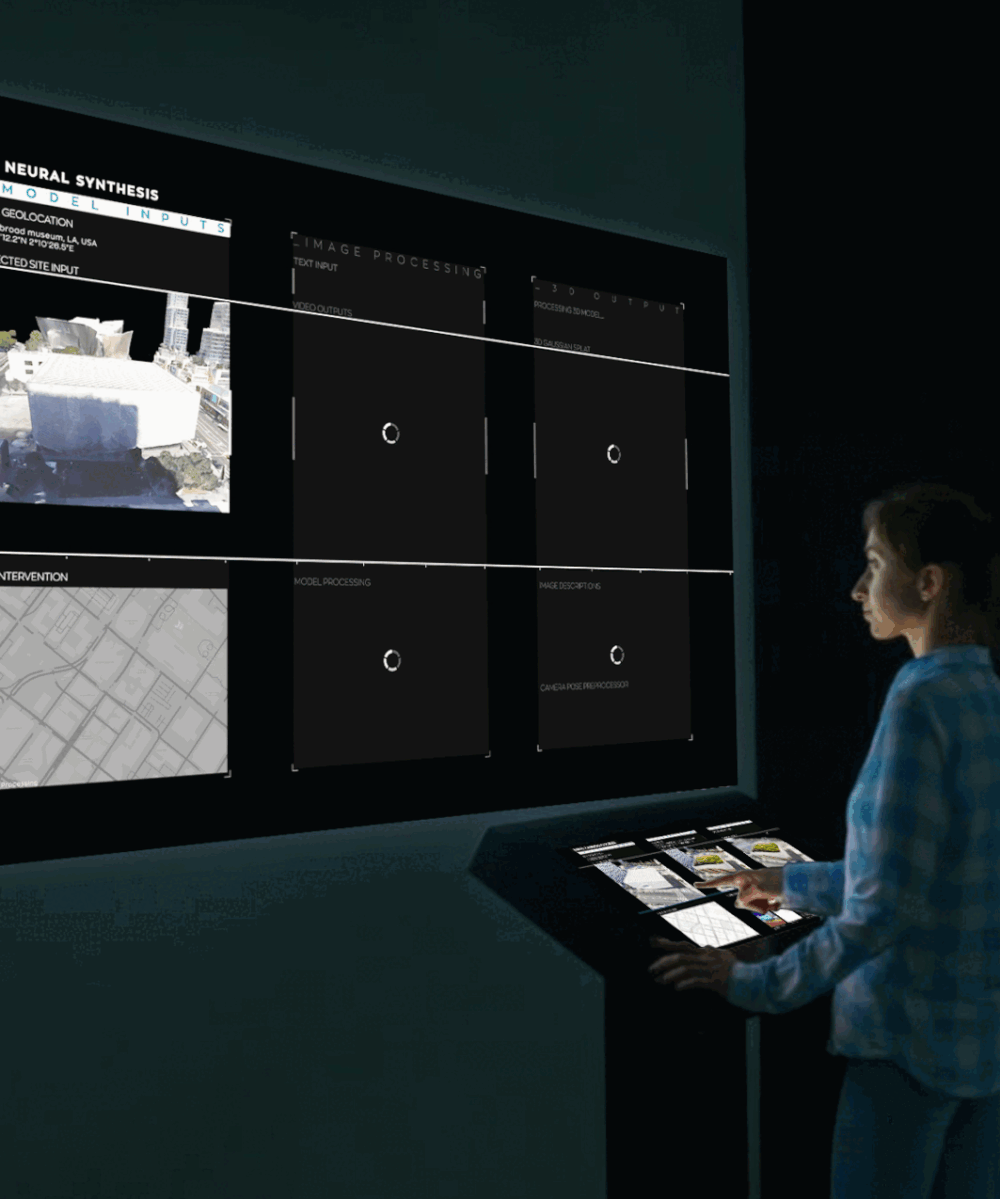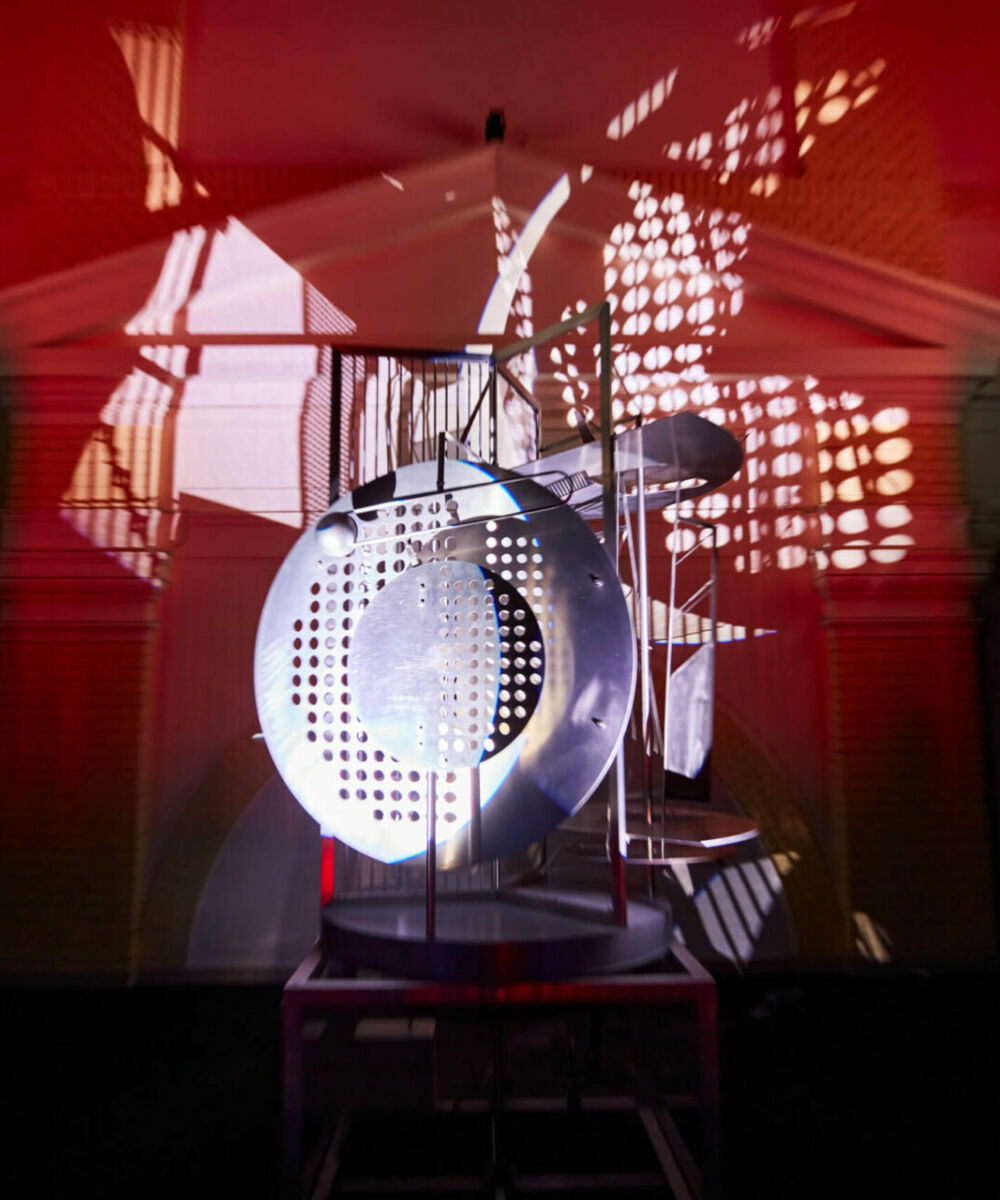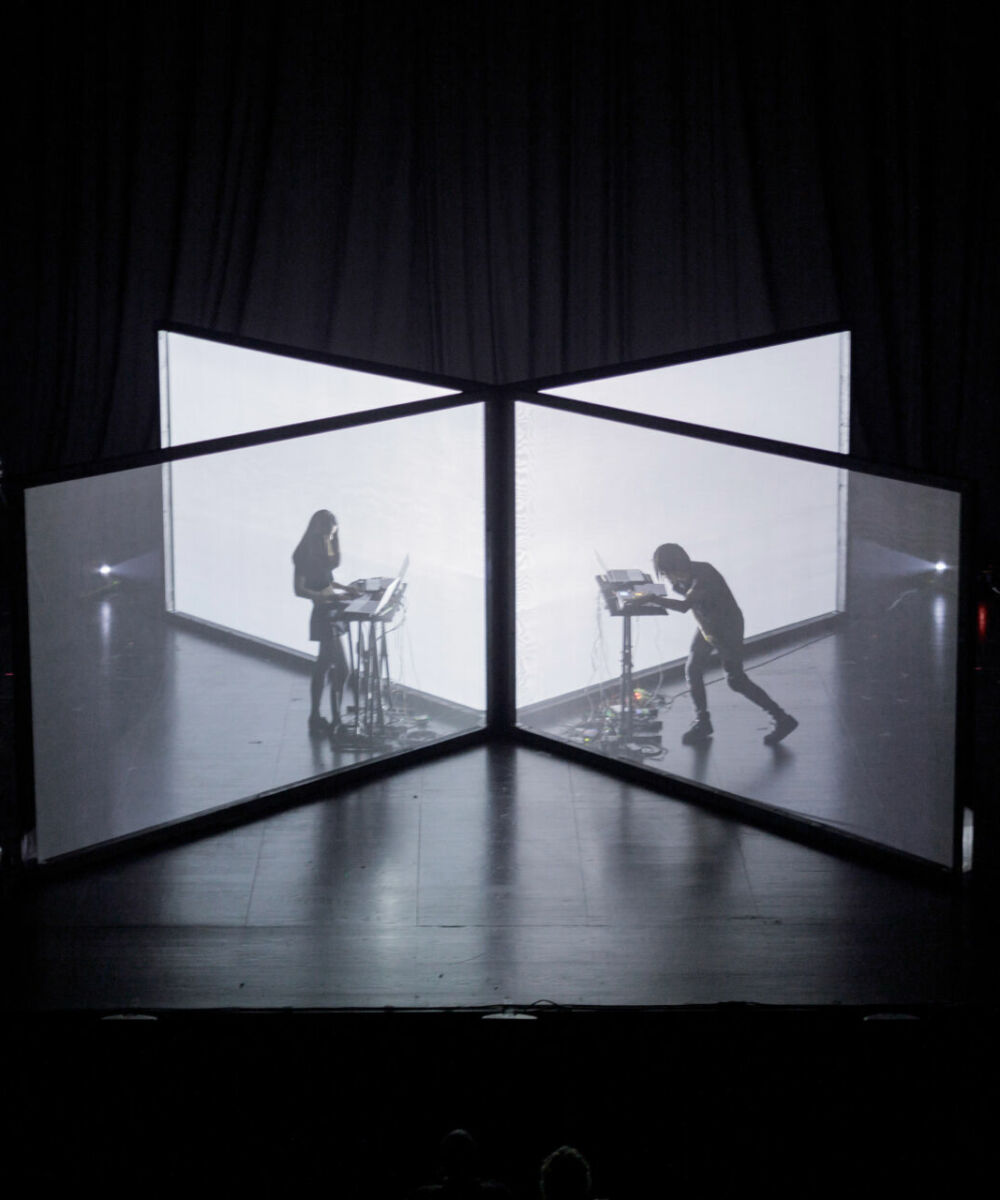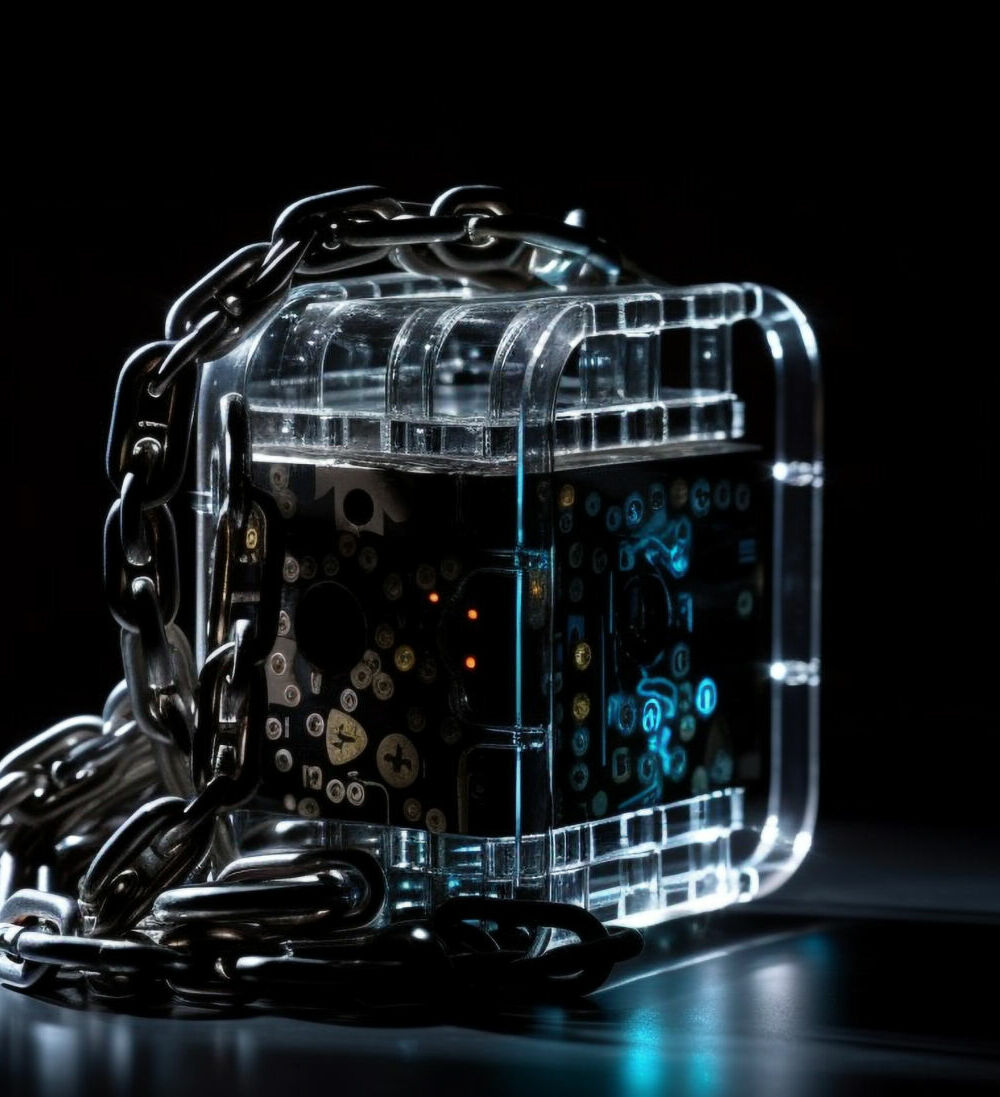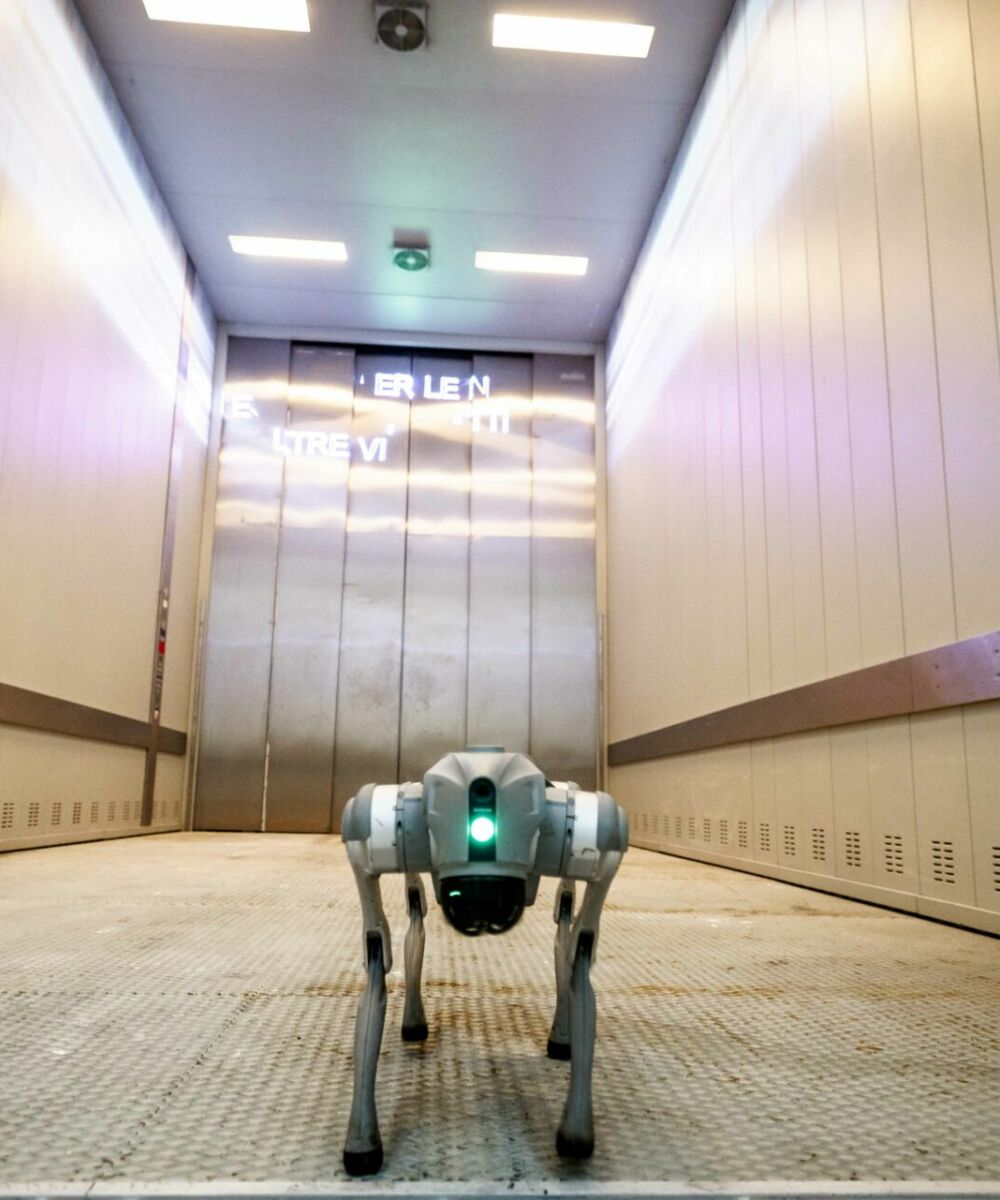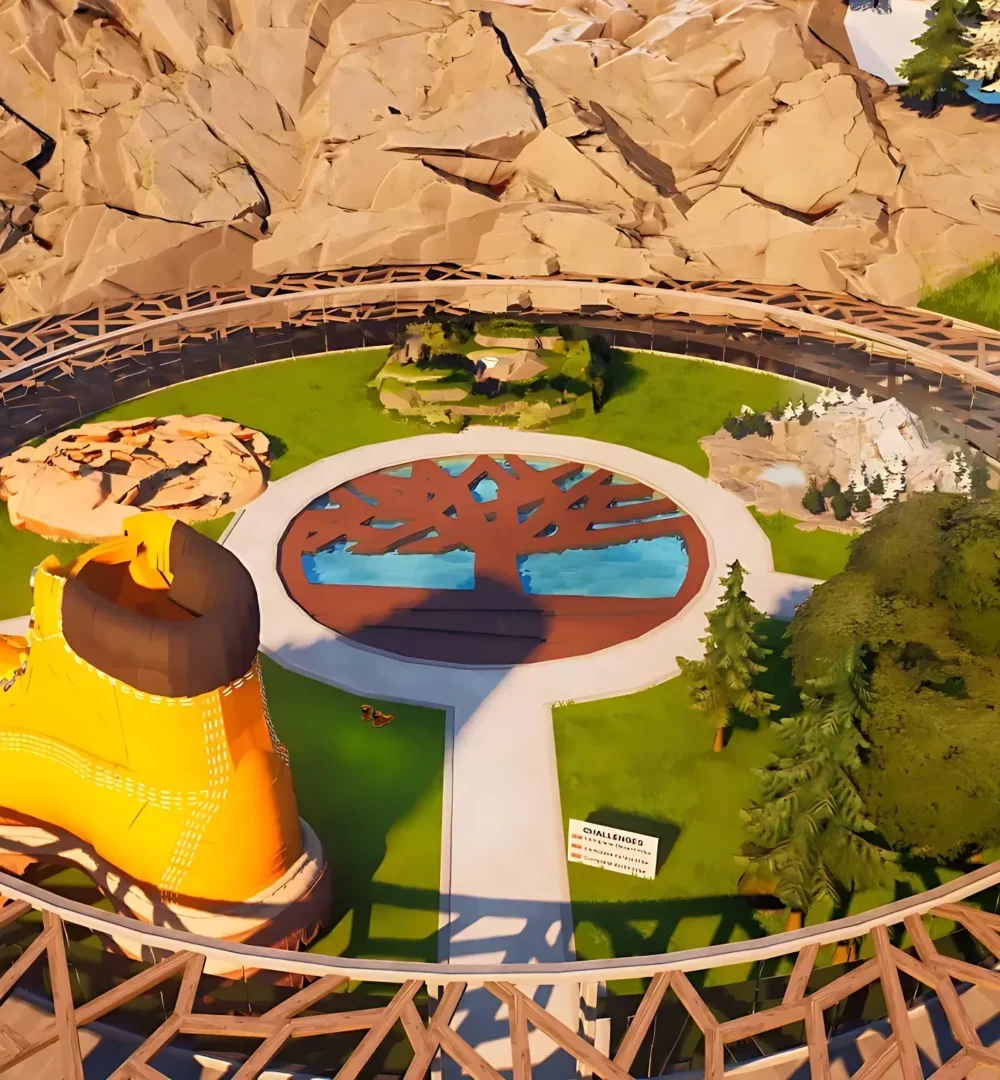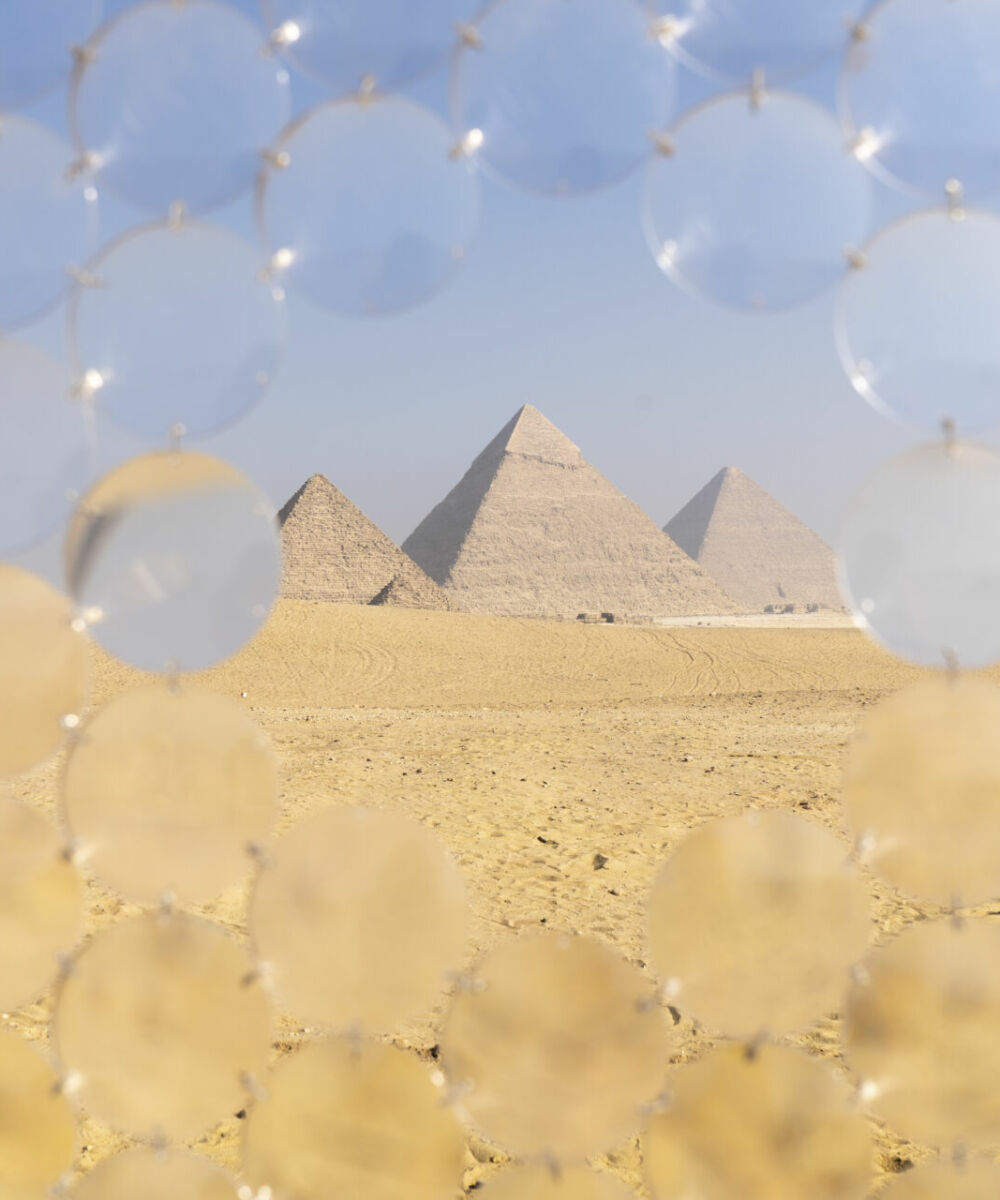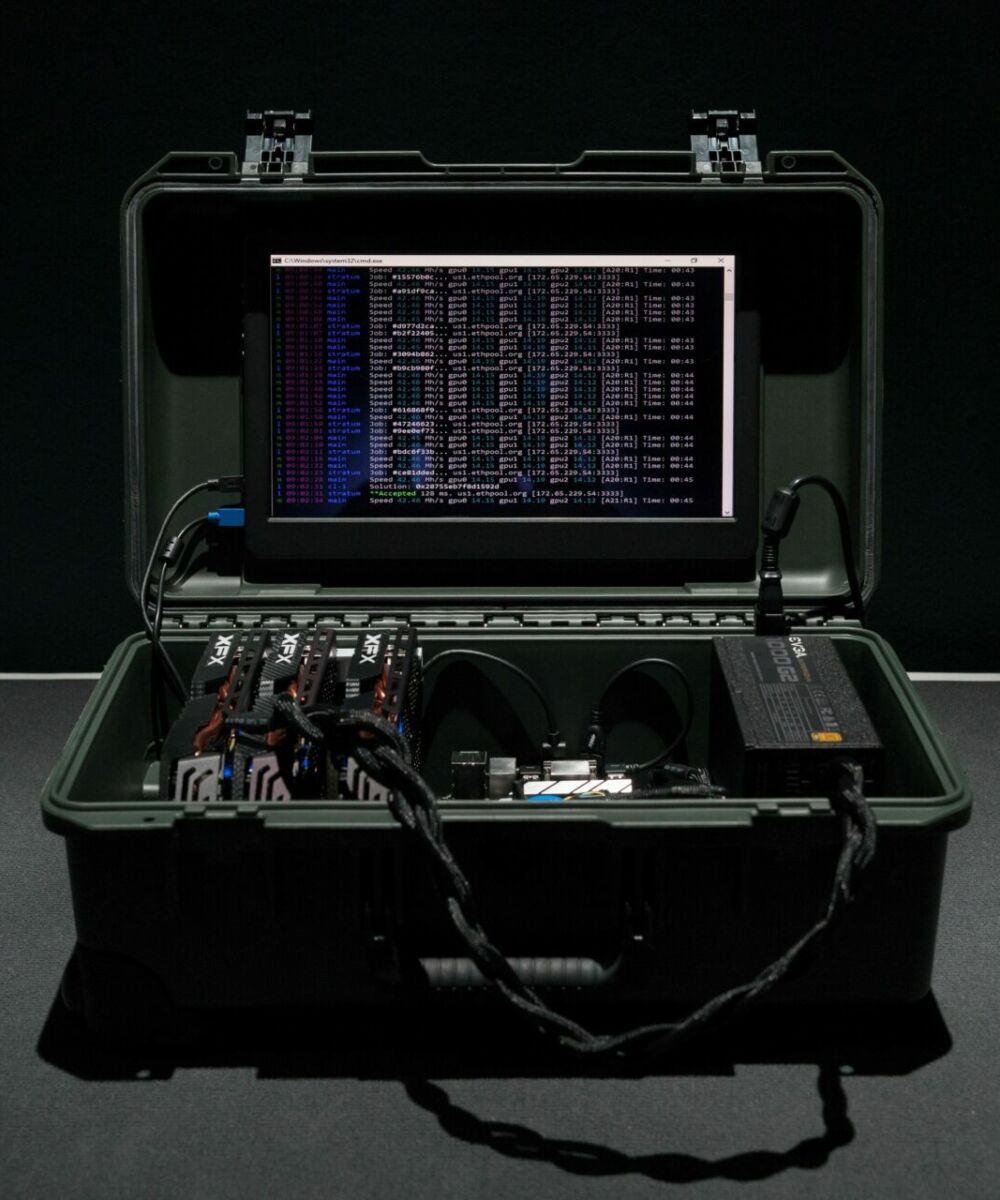The Internet as a Healing Space. A conversation with Valentina Tanni
by Viola Giacalone
The Oxford English Dictionary has chosen “brain rot” as the word of the year for 2024. The expression— which we could translate as “brain decay”—perfectly captures that feeling of mental numbness experienced after hours of mindless scrolling on social media. It reflects on the effects of compulsive and passive consumption of digital content. It seems we have come to associate the internet with a swamp when, in reality, we have an incredibly vast and highly functional playground at our fingertips.
For those interested in online “spaces,” the book Exit Reality (published by Nero) by curator, author, and researcher Valentina Tanni is a key reference. We discussed with her how the internet can be both a place of healing and a place of disorientation.
In Exit Reality, you write about how people are increasingly using technology for therapeutic, hypnotic, and spiritual purposes, to exorcise fears collectively or individually.
When I talk about the “therapeutic uses” of technology in Exit Reality, I am not referring to structured processes. Rather, I mean spontaneous behaviours—habits, practices, actions, rituals—that users invent and apply intuitively and empirically. For instance, using certain sounds can help people relax, focus, or sleep; ASMR and ambience videos can support self-hypnosis and meditation practices or simply serve as background noise to make other activities less unpleasant. Some of these practices may trigger or support healing processes, but more often than not, they function as coping mechanisms.
When it comes to collective dynamics, technology becomes a means to find one’s community, share trauma, experiences, and potential remedies. Feeling less alone can have a significant impact on mental health.
However, we also know that the internet can be a traumatic place, that social media is addictive, and that it may even contribute to the emergence of new fears. A few days ago, in your Instagram stories, after listing some of the words of 2024 chosen by major English-language dictionaries—such as Brain Rot (Oxford) and Brat (Collins)—you encouraged people to “go outside and touch grass.”
As someone who spends much of their time online, both for work and leisure, how do you balance your time between being on the internet and “touching grass”? My balance is precarious—I lose it and find it again in cycles. I’ve learned to accept the impossibility of maintaining it consistently. Like everyone else, I try to limit my time online, but I also try not to guilt-trip myself too much when I fail.
More broadly, I think “touching grass” is an effective phrase, but it’s important to remember that it’s just a metaphor. Contact with nature—while undoubtedly beneficial in many cases—is not an infallible antidote. If we are not in the right mental space, even nature can be a source of anxiety, fear, and disorientation. Personally, I believe that there are two key sources of salvation: cultivating one’s spirituality and inner space (in whatever way works for each individual) and nurturing relationships with others. Sharing, for me, is always the essential act.
In your blog, you archive special and creative things that happen on the internet: ‘This is the internet that I fell in love with, almost thirty years ago <3’ you write in reference to one of these virtuous examples. It made me reflect on the fact that a good percentage of my time spent on the internet is spent scrolling through social networks, going there automatically, when there is so much more to do. Have we fallen into traps that limit our view of the internet? If so, how do we get out of them?
Social platforms – in their current guise – are extremely problematic, it is trite to say. One of the worst effects is exactly what you talk about: they have channelled much of the online traffic to the point of becoming, for many people, synonymous with ‘the internet’. This evolution is tragic, because if there is one thing the net has always offered, and in a way still does, it is an ocean of alternatives. Despite the spam, the generated content and the rampant disinformation, the internet is still a place where one can find a dizzying amount of human culture: art, science, history, archives of all kinds, discussion forums, places of true sociability. It is necessary to make an effort to break out of the paths already mapped out by the algorithm, claiming one’s autonomy and attention every day. Rather than spasmodically trying to find replacement platforms, it is important to understand that the Internet can exist beyond them.
A practical tip: brush up on RSS feeds.
Social platforms have channelled much of the online traffic to the point of becoming, for many people, synonymous with ‘the internet’. This evolution is tragic, because if there is one thing the net has always offered, and in a way still does, it is an ocean of alternatives.
Until September 2025, your work The Great Wall of Memes will be on display at MAMbo in Bologna. The first time it was exhibited in a physical space was in 2013. How has your project evolved over time to reach its current form? Do you think the grand collective game of memes has changed significantly over the years?
Yes, the process of collecting and organising images began in 2012, but it first took the concrete form of a “wall” the following year. The installation has evolved a lot over time, both because I enjoy redesigning it each time and because I think it makes sense to maintain a certain fluidity in line with the nature of the materials that make up the archive.
In its first installation at the Swiss Institute in Milan, the images were arranged in a chaotic cascade—there was no specific order. My idea was to reproduce the informational chaos and play with the random juxtaposition of content from wildly different origins.
The subsequent versions, however, have always followed an organising principle: memes are grouped into large “families” within which one can identify common threads (theme, style, approach). These different clusters are separated by white spaces, making them clearly distinguishable. This organisation, in my view, works much better because it emphasises the plural nature of memes: a meme is not a single image but a link in an ever-expanding chain.
Have memes changed in recent years? Absolutely—so much so that another book would be needed to tell the story.
Could you name three of your favourite “healing places” online—pages, profiles, or websites?
My favourite online places are: the comment sections of certain YouTube videos (especially songs, old films, and ambience videos), which often become spaces of sincere and powerful emotional exchange; some subreddits I’m particularly fond of, like r/ObscureMedia and r/Showerthoughts; a couple of Discord servers. Oh, and this video: https://youtu.be/ykxfJ70moV8?si=vwomDS1CTqW6Zmhl.



